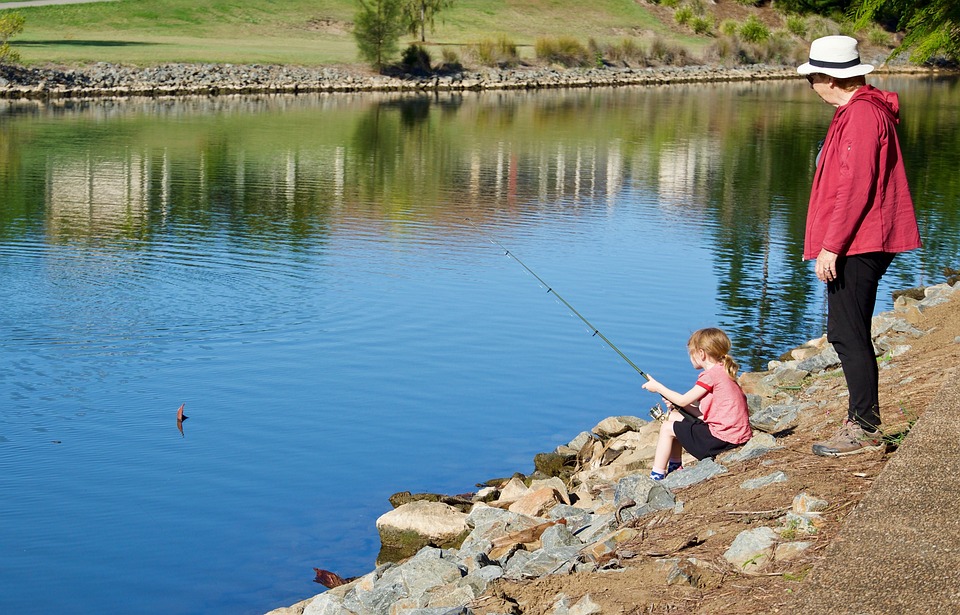Fish tank fish may seem like simple pets, but they possess a fascinating and complex courtship behavior that is essential for their reproductive success. In this article, we will explore the intricate courtship behavior of fish tank fish, its significance, and provide valuable insights for pet owners. We will also answer some frequently asked questions to deepen your understanding of this captivating topic.
Courtship behavior is of utmost importance for the reproductive success of fish tank fish. Successful courtship leads to the formation of pairs, ensuring the continuation of the species. Understanding the courtship behaviors of different fish species is crucial for creating suitable tank environments and selecting compatible tank mates.
Many fish species exhibit unique courtship behaviors. One common behavior is color displays, where fish change their coloration patterns to attract potential mates and signal readiness for reproduction. Vibrant colors and intricate patterns are often used as visual cues to attract mates.
Aggressive behavior is another common courtship behavior in fish tank fish. Some fish engage in aggressive behaviors, usually directed at same-sex competitors, to establish dominance and secure a mate. It is important to monitor and manage aggression to prevent harm to the fish.
Certain fish species engage in nest building as part of their courtship rituals. These nests provide a safe space for spawning and protect the fertilized eggs. Observing and understanding nest-building behaviors can help pet owners create suitable environments for successful reproduction.
Fish also exhibit dance-like movements during courtship. These movements can include zigzag swimming, circular patterns, or synchronized swimming displays. These movements serve as visual displays to attract potential mates.
Several factors influence courtship behavior in fish tank fish. Environmental factors such as water temperature, lighting, and tank decorations can have an impact. Providing suitable environmental conditions can enhance courtship displays and increase the chances of successful reproduction.
Social factors also play a role in courtship behavior. The presence of tank mates and their compatibility can impact courtship behavior. Some species require specific social dynamics or the absence of competitors to engage in courtship behavior.
Now, let’s address some frequently asked questions about courtship behavior in fish tank fish:
Q1. How can I encourage courtship behavior in my fish tank?
A: To encourage courtship behavior, ensure that the tank environment is suitable for the species you have. This includes providing appropriate water conditions, tank decorations, and suitable tank mates.
Q2. What should I do if my fish exhibit aggressive courtship behavior?
A: If you notice aggressive courtship behavior, monitor the situation closely. If the aggression becomes excessive or leads to harm, consider separating the fish or rehoming them to prevent injuries.
Q3. Are all fish species monogamous?
A: No, not all fish species are monogamous. Some fish species form long-term pair bonds, while others engage in multiple mating partners.
Q4. Can courtship behavior be a sign of illness or stress in fish?
A: Courtship behavior is generally a healthy and natural behavior in fish. However, if you notice any drastic changes in behavior, such as a sudden loss of interest in courtship or abnormal aggression, it could be a sign of illness or stress. In such cases, it is best to consult a veterinarian.
Q5. How long does courtship behavior typically last in fish?
A: The duration of courtship behavior varies among fish species. Some courtship rituals may last for a few minutes, while others can continue for several hours or even days.
In conclusion, understanding the intricate courtship behavior of fish tank fish is essential for maintaining a harmonious and thriving aquatic environment. By recognizing the importance of courtship rituals, identifying common behaviors, and considering various influencing factors, you can create an optimal tank setup that encourages successful reproduction. Remember to observe your fish closely, provide suitable conditions, and seek professional advice if needed to ensure the well-being of your aquatic companions.









